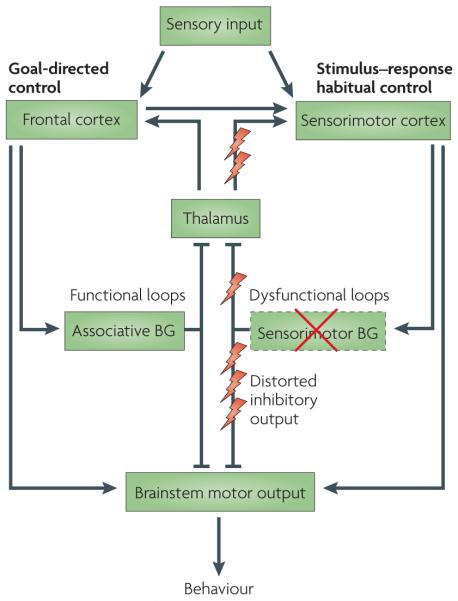Figure 5. Functional and dysfunctional loops through the basal ganglia in the parkinsonian state.
Both goal-directed and habitual control systems receive sensory inputs. Goal-directed control is dependent on the associative networks through the basal ganglia, whereas stimulus–response habitual control relies on the sensorimotor territories. Both networks independently have the capacity to direct behavioural output via ‘final common motor pathways’ (REFS 84,85,87). There may be many sites at which output from the two control systems might converge, and two have been illustrated: one at the level of cortical motor output, the other in the brainstem. In Parkinson’s disease, differential loss of dopamine innervation from sensorimotor regions in the basal ganglia (shown by the red cross) causes dysfunctional output signals from these territories and their associated networks (shown by lightning symbols). Presumably, this loss of function causes an increased reliance on goal-directed control. In addition, the distorting inhibitory output from sensorimotor territories is likely to impede the execution of goal-directed behavioural control that is otherwise comparatively preserved. BG, basal ganglia.

